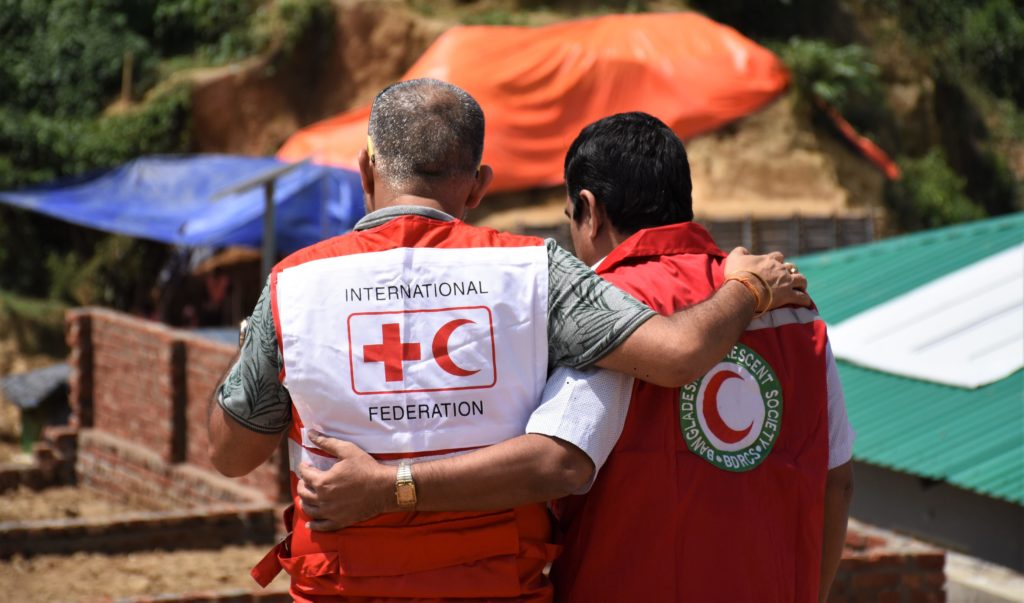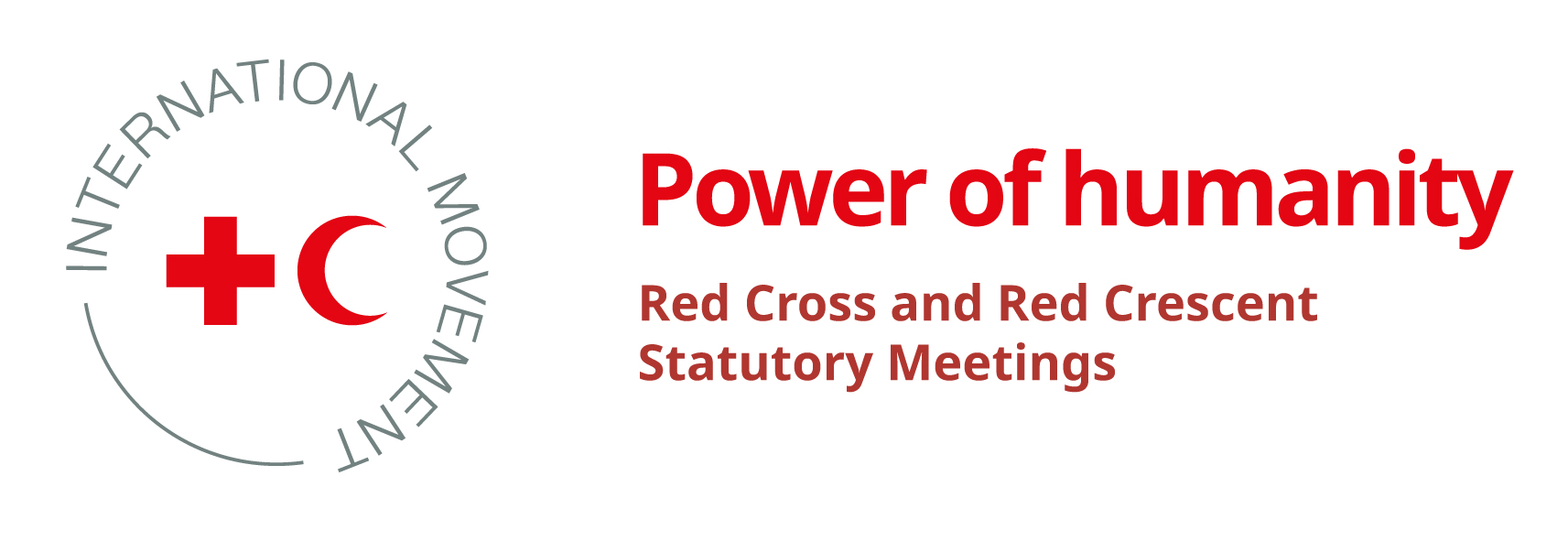The first-ever Movement Migration Strategy
By the ICRC and the IFRC
At the 2024 Council of Delegates to be held in October, the Movement will present its first-ever Movement-wide Strategy on Migration, which seeks to ensure appropriate, coordinated and flexible Movement action to support migrants in vulnerable situations.
The Migration Strategy was born out of the acknowledgement that migrants face serious risks and challenges due to ongoing and protracted crises, a hardening of migration laws, the growing securitization discourse[1] and practices that restrict access to migrants by humanitarian organizations. The Movement has a long-standing commitment to respond to the humanitarian needs of migrants[2] and has specific added value in this field. Its unparalleled network of National Societies, combined with the expertise of the International Federation of Red Cross and Red Crescent Societies (IFRC) and the International Committee of the Red Cross (ICRC), allows it to build the humanitarian response locally and globally, facilitating cross-regional collaboration and enabling the continuity of care for vulnerable migrants along migration routes.
The Migration Strategy seeks to bring the Movement together around a collective vision that sets shared objectives and commitments to guide all National Societies, the ICRC and the IFRC in their action with and for migrants, including refugees. Moreover, the Strategy will enable partners, donors and other stakeholders to identify opportunities for collaboration with the Movement in the field of migration and ensure that its position is clearly understood outside the Movement.
The Strategy strives to achieve a world where migrants are safe, have their rights and dignity respected, thrive in inclusive communities and societies and participate meaningfully in decisions affecting their lives. To move towards this vision, the Strategy sets out three objectives: ensure that migrants have safe, dignified and effective access to essential services throughout their migration journey; support migrants to strengthen their resilience and enable them to be included in and contribute to communities and societies;and protect migrants’ rights, safety and dignity,including by preventing their exposure to risks.Through these objectives, the Strategy acknowledges the need for the Movement to combine the provision of essential services with attention to the longer-term needs of migrants and implications for communities. The Strategy commits to strengthening the protection of migrants in both emergency and long-term humanitarian response.
The Strategy defines five equally important cross-cutting enablers to achieve the objectives. First, accountability and meaningful participation are vital to enabling migrants to contribute to programming and advocacy. Second, capacity strengthening for National Societies is essential as it is they that are best placed to deliver services to migrants locally. Third, humanitarian diplomacy and advocacy make a crucial contribution to the Movement’s work in migration because they help improve respect for migrants’ rights in line with states’ international legal obligations. Fourth, coordination and cooperation are required to ensure coherent action with and for migrants across borders and along migration routes. Finally, the Strategy highlights the importance of data protection and the principled use of digital technology to ensure migrants’ personal information is properly safeguarded.

The Strategy has been developed in alignment with the objectives of inclusion and participation. It was drafted under the guidance of the Migration Leadership Group,[3] with the support of the Global Migration Lab[4] and with technical advice from a Lived Experience Advisory Committee (LEAC). This committee was created to advise on the Strategy from the perspective of staff and volunteers with lived experience of migration in situations of vulnerability.
The Strategy’s drafting process involved gathering input from a wide range of actors, including National Societies, the IFRC and the ICRC, and seeking technical advice from experts from the ad hoc Strategy Working Group and the Global Migration Task Force. Migration experts from any National Society, the IFRC and the ICRC were able to take part in this global consultation process.
As part of the Movement’s collective efforts, National Societies, the IFRC and the ICRC will each contribute to operationalizing the Strategy’s objectives and commitments according to their respective and complementary mandates, roles and areas of expertise and taking into account capacities and humanitarian contexts. The implementation of the Strategy will be steered by a Global Action Plan, a Technical Implementation Guide and a Monitoring Plan and coordinated by the Movement’s Migration Leadership Group and Global Migration Task Force.[5]
Read more about this topic

[1] CD/22/7 background document “Towards a Movement strategy on migration”, p. 2.
[2] A total of 166 National Societies are already providing support to migrants, and 46 have been engaged in emergency operations to support migrants, refugees and others in the past two years.
[3] The Migration Leadership Group includes senior leaders from the IFRC, the ICRC and National Societies. It provides leadership and influences the relevant executive bodies of the Movement by offering strategic advice on migration and ensuring that the Movement’s work and advocacy are fit for purpose.
[4] The Red Cross Red Crescent Global Migration Lab is a joint Movement initiative that produces research on migration in partnership with Movement actors to support humanitarian diplomacy and advocacy.
[5] The Global Migration Task Force brings together all National Society migration focal points globally and works to facilitate cross-regional collaboration. It ensures recommendations from the Migration Leadership Group are put into practice. The technical expertise of its members and Steering Committee is central to the Strategy.
The International Committee of the Red Cross, the International Federation of Red Cross and Red Crescent Societies, and the Standing Commission of the Red Cross and Red Crescent, in its function as Trustee of the International Conference of the Red Cross and Red Crescent (the Conference), cannot be held responsible or liable in any manner for any user-generated content or posts on this Database. In the event that the Website team considers any post or content to be incompatible with the Fundamental Principles of the International Red Cross and Red Crescent Movement and/or with the objectives of the Conference, it reserves the right to remove such content.




